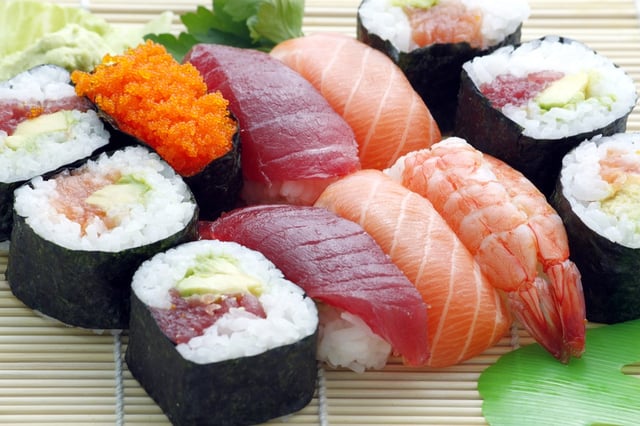Last September, energy bar manufacturer Exo raised $1.2 million from investors and while such deals happen every day, there is something different about the Exo bar and its protein source: each bar contains roughly 40 crickets, ground into “flour,” mixed with fruits and nuts.
Even though the very thought of entomophagy—the human consumption of insects—is enough to make some consumers ill, Exo’s founders believe they are on the cusp of something big. Their recent funding round, their 10% month-over-month sales growth, and the fact that 75% of their sales are consumer direct all suggests their appeal to sustainability, health, and eating adventurously is resonating.
A Sustainable Source of Protein
With humanity needing to double its food production by 2050 to meet the planet’s projected 9 billion people, it’s not crazy to ask where all that food will come from. For some, insects may be the answer. They require nowhere near the amount of space or food as livestock, nor do they consume nearly as much water. Indeed, one kilo of cricket protein requires 1 liter of water; the same amount of beef requires 22,000 liters of water.
“I’m not scared of the nine billion people we’re supposed to have by 2050. We…just need to mobilize insects as a food source. If we do that, we’ll have plenty,” offered Florence Dunkel, an associate professor of entomology.
Yet while the sustainability minded consumer can be won over by such promises, they alone cannot not drive this business: “At the end of the day it’s a protein bar. If it’s sustainable, that’s great, but it’s going in your body and you want to know that it’s good for you and it tastes delicious,” noted Exo co-founder Greg Sewitz.
Nutritious and Delicious, They Say?
Thus far, the largest market for insect protein has been with health food devotees and gym goers, eager to find a low-fat, low-cost protein source. It was primarily this crowd that helped Exo raise $54,911 on Kickstarter in its earliest stages, with supporters emerging from natural food stores and CrossFit gyms.
Similarly, Exo’s rival Chapul also targets this market and was funded $50,000 in 2014 for a 15% company stake by Shark Tank investor Mark Cuban who since helped them secure a distribution deal with UNFI, a national health-food product distributor. They are on track to bring in $1 million this year and can be found in Sprouts, Wegmans, and Publix.
It’s a Bug’s World
Beyond sustainability and health, Exo and Chapul also appeal to an inescapable global fact: Already an estimated 2 billion people regularly consume insects, and “not just emergency food or food for the poor,” but foods deeply steeped in culture and tradition.
While this reasoning seemingly harkens back to elementary peer pressuring tactics (“everybody’s doing it!”), there is more to it. Consider one inspiration for insect entrepreneurs, sushi, which overcame its unsavory image in American’s eyes and became synonymous with sophistication and worldliness. “There is an increased appetite for adventurous foods, whether it’s organ meat, sushi or kombucha,” concurred Exo co-founder Gabi Lewis.

The Ick Factor
The big obstacle, then, is also the most obvious: shifting customer taste. Even if it’s sustainable and healthy, do consumers want to eat it? How do you get everyday people to chew and swallow insects, even in powder form?
One tactic in insect protein marketing has been to change the critter’s name (hey, it worked for Chilean Sea Bass!) but euphemisms only take you so far. “Insects are disgusting,” observed one University of Pennsylvania psychologist. “It’s not that insects taste bad. It’s that the idea of an insect is upsetting to people.”
Whatever you call it, ground up bugs are still ground up bugs, even if they are potentially delicious (which, it seems, they might be). Of course, not too long ago, people were saying the same thing about lobsters and raw fish.


